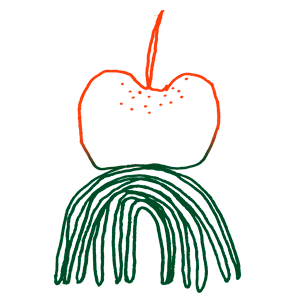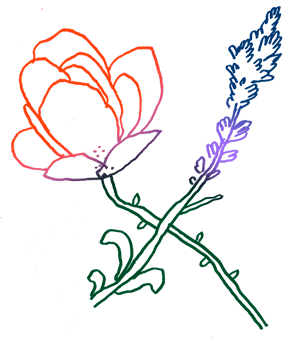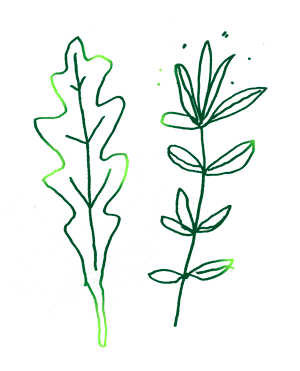Companion planting: how plants help each other
We all get on better with some people than others, and plants are no different.
While most feel pretty neutral about each other, some rub each other up the wrong way and others get on so well that just being in each other’s presence makes them thrive.
By Alex Mitchell, The Edible Gardener
Sproutl Expert
@alexmitchelleg
Companion planting is just knowing which plants like each other the most so we can grow them more easily. Fewer pests and diseases, bigger harvests and flowers that last longer, all without having to use chemicals.
So how can plants help each other? They might deter pests from others by emitting a strong smell to confuse their sat nav. Others like fennel or lavender attract pollinators to improve fruit harvests or predators to munch aphids. Other good companions could provide shelter, shade and a structure to climb up, they might feed the soil with nutrients or fight fungal diseases with their scent. Sometimes, such as nasturtiums, they can act as a sacrifice, attracting all the blackfly from your runner beans.
It doesn’t matter if you only have room for a few pots, you’ll still see the benefits if you swot up a little on plant social chemistry. Here are a few easy plant matchmaking ideas to get started.

APPLES AND CHIVES
all year round
An apple tree in a pot is fantastic on a balcony or terrace. Underplant with chives and they will not only look pretty and give you herbs for the kitchen but help to deter scab and blackspot, which can make your apples look and taste pretty manky.

ROSES AND SALVIAS
spring to autumn
Who doesn’t love a rose? The only trouble is they tend to get mildew (powdery white leaves) and blackspot (dark patches). Rather than use chemical fungicides underplant with flowering salvias (choose any described as microphylla on the label for best results). The scent the leaves give off contains sulphur which fights the fungal diseases. And, bonus, you’ll get glorious pink, red, blue or purple flowers for months on end.

ROCKET AND MINT
spring to autumn
Salad or wild rocket is a must-grow plant even if you only have space for a window box. The only bore is that it attracts flea beetles which pepper the leaves with tiny holes so they look like they’ve been shot with a 12-bore. Try planting mint in a pot next to it. The strong scent can confuse the flea beetle so they can’t sniff out the rocket. Result? Pristine rocket salad and peppermint tea.

LUPINS AND KALE
spring
Any of the pea family (that includes peas, beans and lupins) feed the soil with nitrogen in nodules on their roots. Brassicas (cabbage, kale, broccoli) need lots of nitrogen to grow those lush green leaves. In the veg bed, plant peas with broccoli. In the flower bed plant beautiful colourful lupins alongside frilly decorative kales.

LAVENDER AND CARROTS
spring
As if you need another reason to plant lavender. Not only does it bring in pollinating bees but the delicious fragrance can confuse the carrot fly, a troublesome pest of carrots that can make your roots as appetising as a month-old Ginsters pie. Onions, chives or garlic can have a similar effect.